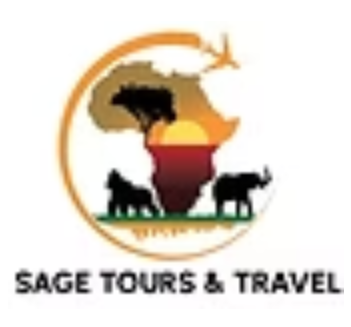+256 701 964 978
info@sage-tours.com
- Home
- Uganda
- 1 Day Jinja Adventure Tour
- 1 Day Kampala City Tour
- 2 Days Lake Mburo National Park safari
- 3 Day Chimpanzee Trekking Safari
- 3 Days Murchison Falls National Park
- 3 Days Queen Elizabeth National park
- 4 Days Kidepo Valley Safari
- 5 Days gorillas and wildlife safari to Bwindi Impenetrable national park, and Queen Elizabeth N.P
- 7 Days Gorilla Primate Safari
- Rwanda
- Wild & Adventure Tours
- Gorilla Trekking
- Parks
- Car Hire
- About us
- Contact

